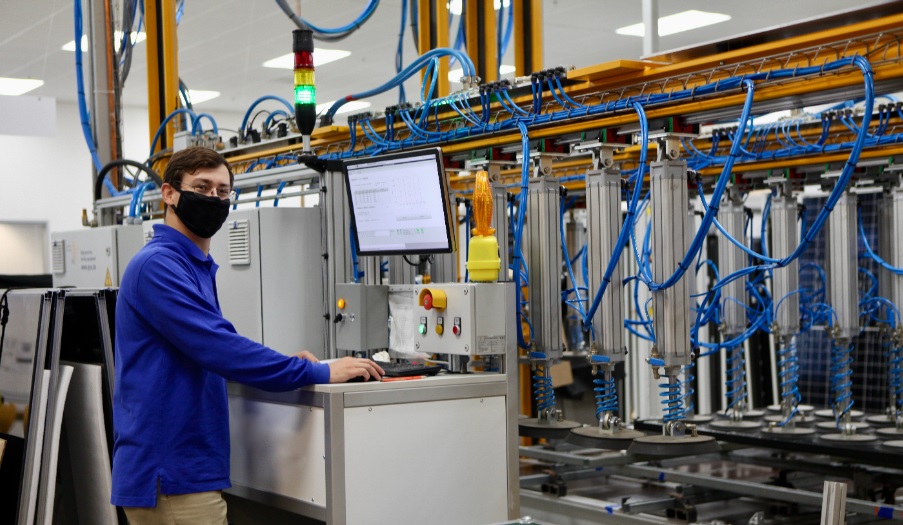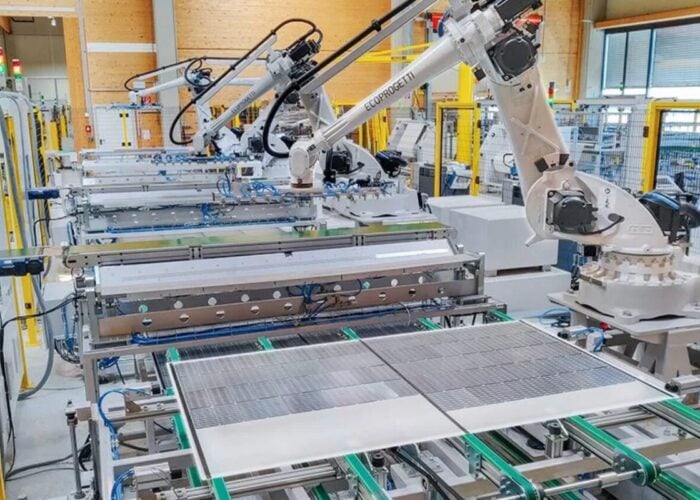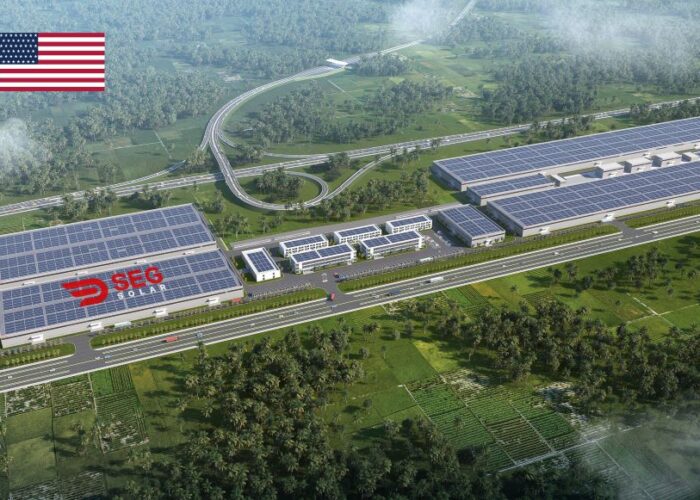
In this year’s ultraviolet-induced degradation (UVID) testing, engineering advisory and test services provider Renewable Energy Test Center (RETC), has noticed that 40% of modules tested have returned with a red flag result.
In its sixth annual PV Module Index Report, RETC – a member of the VDE Group – said that “without immediate and collective action, UVID has the potential to become a major reliability issue for industry stakeholders.”
Try Premium for just $1
- Full premium access for the first month at only $1
- Converts to an annual rate after 30 days unless cancelled
- Cancel anytime during the trial period
Premium Benefits
- Expert industry analysis and interviews
- Digital access to PV Tech Power journal
- Exclusive event discounts
Or get the full Premium subscription right away
Or continue reading this article for free
As per RETC’s criteria, any maximum power degradation higher than or equal to 5% was deemed as a red-flag result, while some of the results have shown double-digit power loss in commercially-produced modules with a degradation ranging between 10-16% in the first three years of in-field operation. That double-digit power less would far exceed the allowable limits found in PV modules warranty terms and PV system power guarantees, according to the report.
In the 2022 edition of its report, the company had already noticed issues with UVID, more particularly in newer cell technologies, among which tunnel oxide passivated contact (TOPCon) solar cells. In that edition, the study indicated “cause for alarm”.
Despite the fact that 40% of the modules tested have shown a red flag, the same amount (40%) have met RETC’s UVID high achiever criteria. In order to reach that criteria modules had to withstand UV220 exposure with less than 2% degradation in maximum power.
Cherif Kedir, president and CEO of RETC, said: “Since the passage of the Inflation Reduction Act (IRA) in 2022, companies have announced nearly US$17 billion worth of investments in new and expanded solar manufacturing capacity additions in the US.
“Given the unprecedented market expansion in the world’s second-largest solar market, industry stakeholders must remain vigilant regarding technical risks inherent to supply chain diversification and the accelerated time frames between innovation and mass production.”
8% of modules tested achieved “Overall Highest Achiever”
The bankability tests conducted by RETC are catalogued in 14 testing sequences – including damp heat, UVID, hail durability test and thermal cycling, among others – and data according to three categories: module reliability, performance and quality.
Across these 14 testing categories, 23 module manufacturers have been recognised in some form of high achievement. Overall, 8% of modules tested have met RETC’s top accolade of “Overall Highest Achiever”. Whereas 14% of modules tested have shown some sort of red flag.






